Ancient wealth resurfaced after millennia underground.
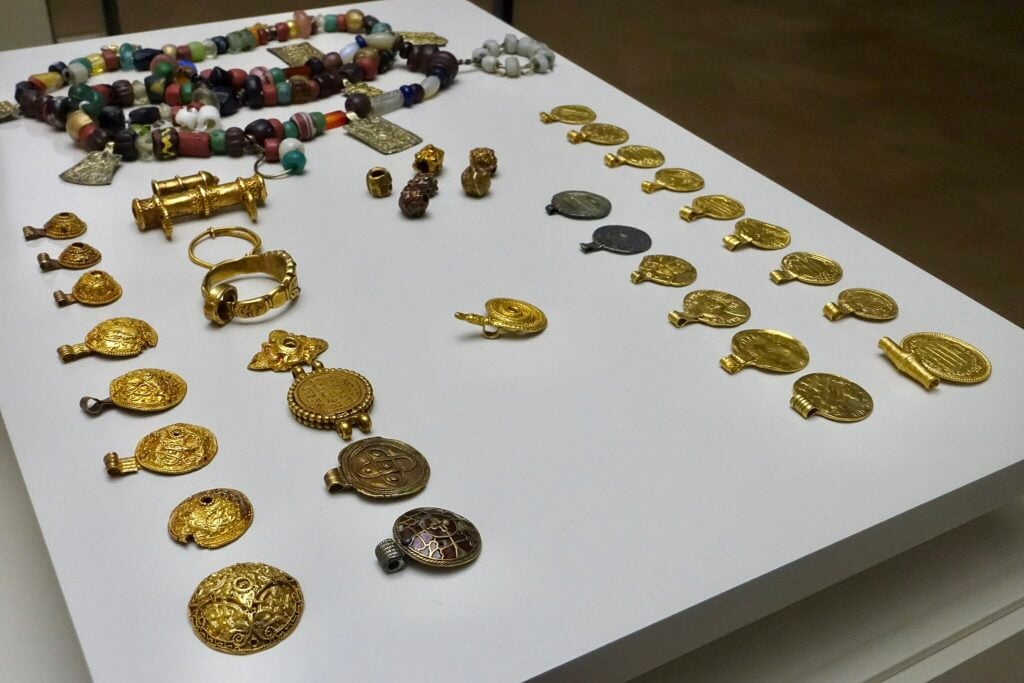
A team of archaeologists working ahead of a development project in Scotland recently unearthed a hoard of ornate bronze jewelry and ritual items dating back roughly 3,000 years. This find has stirred excitement in the archaeological community because of its craftsmanship, context, and the fact it lay undisturbed for so long. The buried trove, discovered near the village of Rosemarkie, offers a fresh window into Bronze Age society in the British Isles.
Because of how carefully the items were stacked and bound together, the hoard suggests more than casual loss or discard. Its presence may reflect deliberate deposition for safekeeping or ritual purpose, possibly tied to local elite or religious practices.
1. The hoard was found during preparatory groundworks.
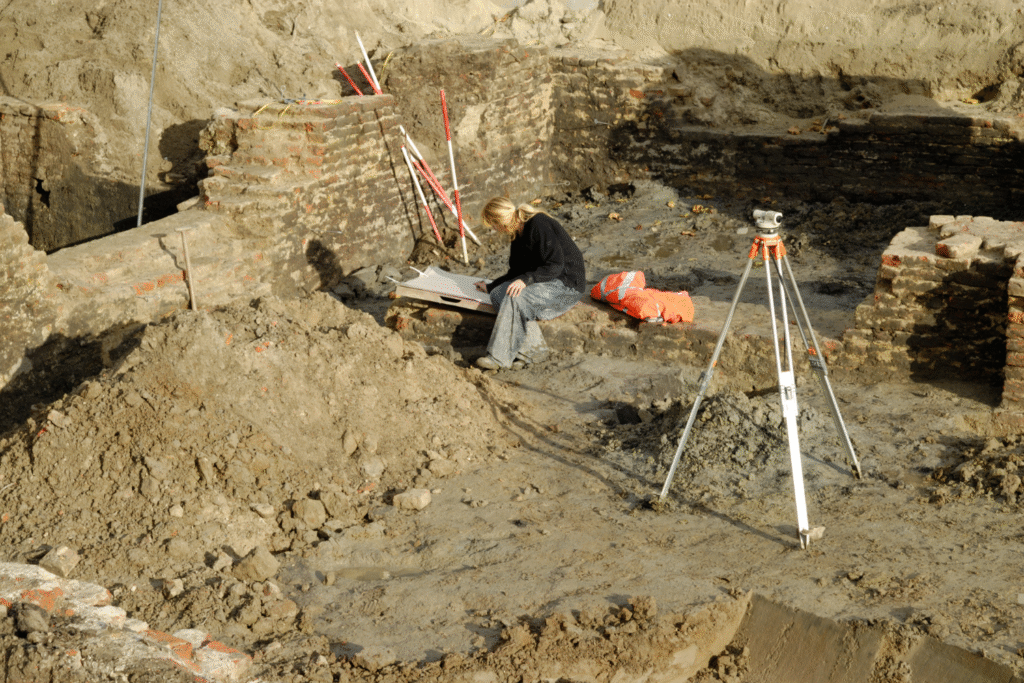
Excavation teams were preparing the site for new housing when soil disturbances exposed metal fragments that drew attention. Archaeologists were called in and careful trenching revealed the hidden assemblage. The find was reported in Popular Mechanics, which described six bracelets and other bronze objects buried in a deliberate bundle. The construction plans gave the chance for discovery.
Once the crew realized the fragments pointed to something older, they halted heavy machinery and switched to manual digging and mapping. By preserving context, they ensured the find would yield more than mere objects.
2. The objects are exquisitely crafted jewelry.
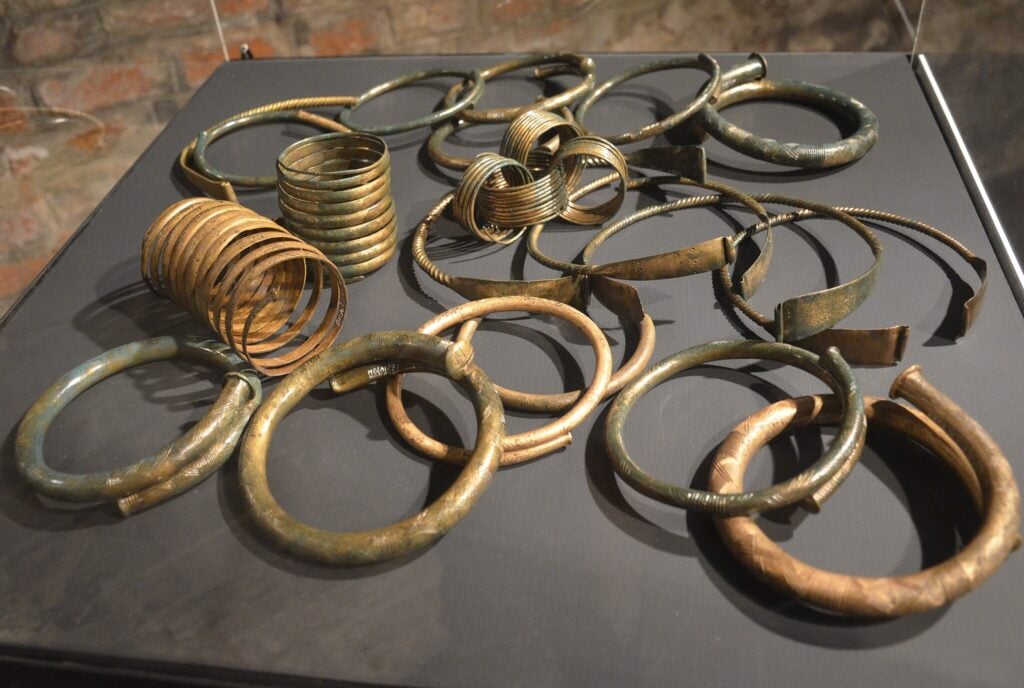
Bronze bracelets and decorative rings emerged from the soil, bound together by ancient organic fibers and moss that had survived millennia. As discovered by archaeologists, the metalwork used lost wax casting and showed fine detail in form and finish. One bracelet had thirty-seven linked rings, a level of complexity rarely seen in local Bronze Age context.
The artistry suggests the pieces belonged to a wealthy or high-status individual. Their design and assembly reflect both aesthetic intention and symbolic weight recognized in that era.
3. Organic binding gave clues to burial context.
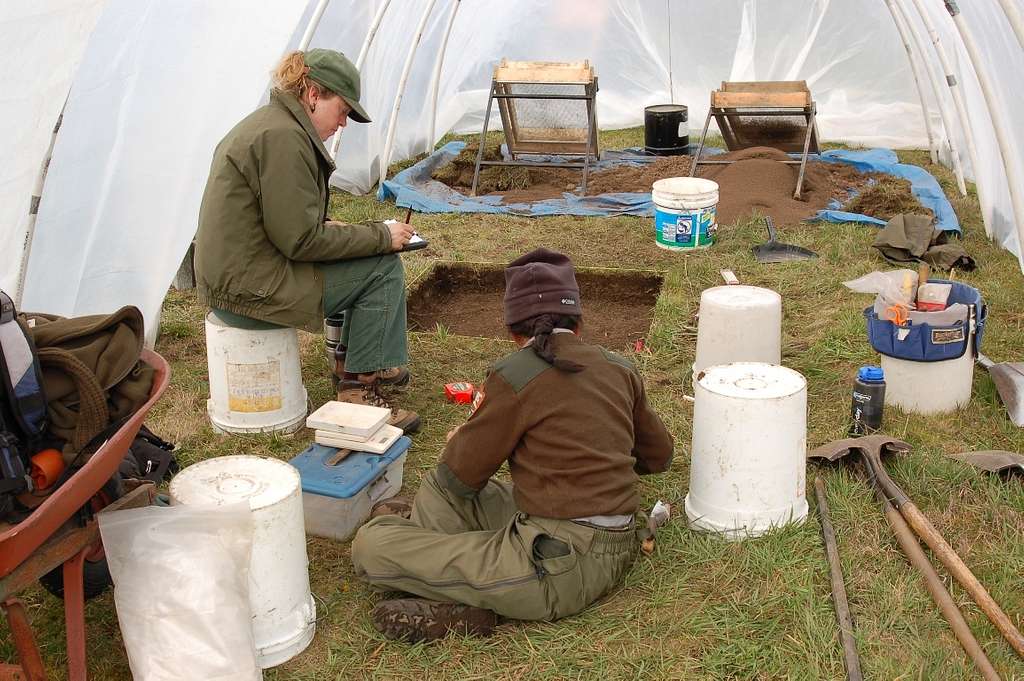
Despite the hoard’s age, remnants of organic wrapping, possibly moss, bracken, or bast fibers, were preserved around and between the metal pieces. Studies of those materials helped date the deposition more precisely, as stated by guard archaeology in analyses of the site. The bundles were tied such that the bracelets could be held in place, a deliberate method rather than random placement.
These bindings also suggest that the hoard was meant to be retrievable. The preservation of plant matter shows burial was done in a way that allowed for protection over time and then intended recovery.
4. The hoard was never recovered by its original owner.
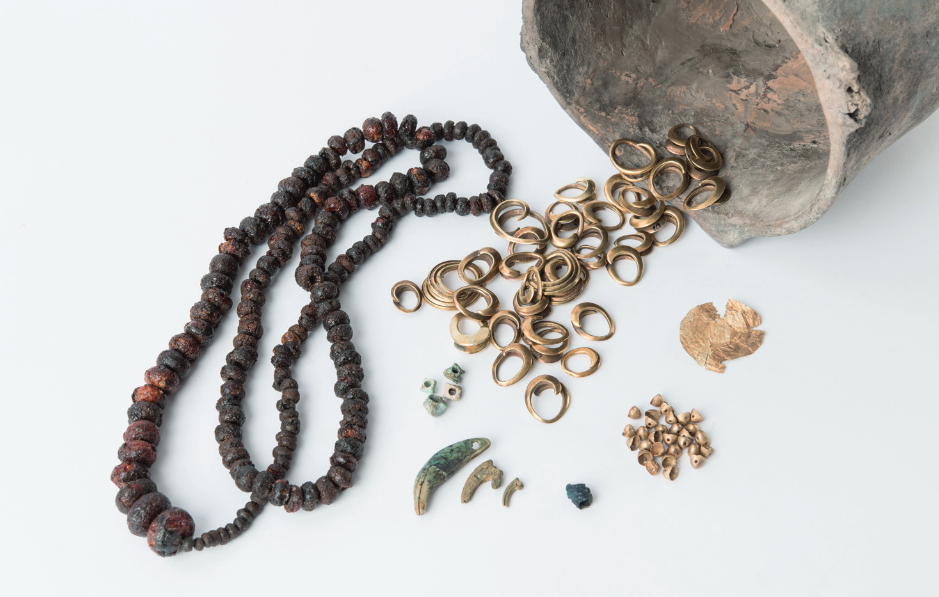
Despite the careful packaging, no evidence indicates anyone ever returned to claim it. It remained hidden until the modern excavation. That fact raises questions: was it forgotten, or was retrieval prevented by conflict, death, or ritual finality? Whatever the cause, its survival is a rare stroke of archaeological luck.
That permanence means that what we see reflects the original intent more than many disturbed finds. The items stayed in situ, allowing modern scholars to interpret them in their original spatial relationships and associations.
5. Metals were traced to broader trade networks.
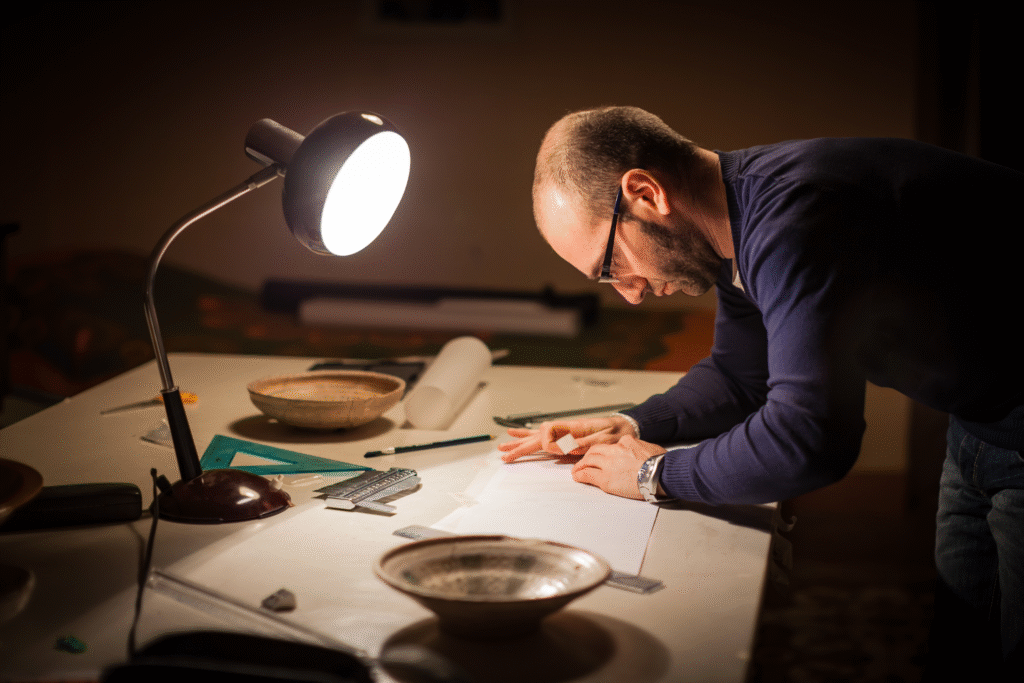
Analyses suggest the bronze material for the bracelets may have come from sources outside the immediate region. Impurities and alloy composition indicate links to trade networks in Wales or even further afield. That mobility of raw materials underscores a level of connectivity in Bronze Age Scotland greater than often assumed.
Through geochemical fingerprinting, the artifacts tie into continental exchange systems. Those movements hint at political alliances or trade routes that spanned seas and mountain ranges.
6. Local settlement evidence supports cultural context.
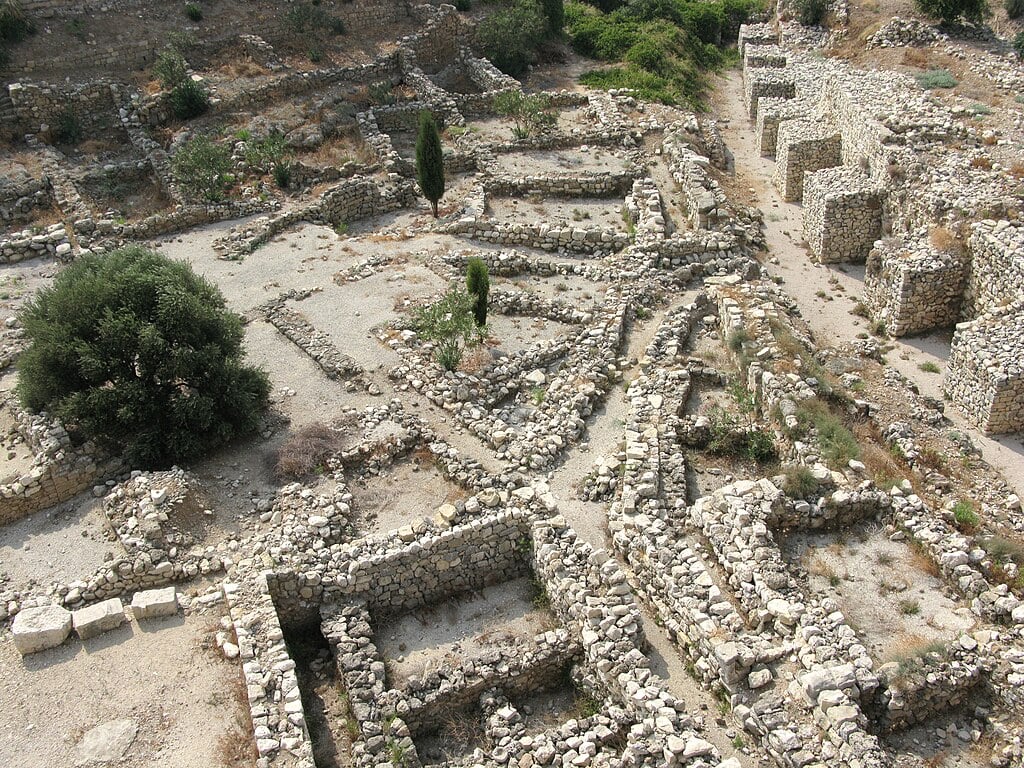
Archaeologists uncovered remains of Bronze Age habitation near the hoard site, including molds for metalworking tools and domestic debris. This suggests the hoard belonged to someone embedded in the local social order, not a passing traveler. The proximity of workshop traces gives weight to the idea that the hoard was assembled locally.
Artifacts like slag, ceramic fragments, and stone tools cluster around the deposition site. That local density allows us to imagine a community that produced and stored valuables on site, possibly under threat.
7. The burial may reflect ritual or votive practice.
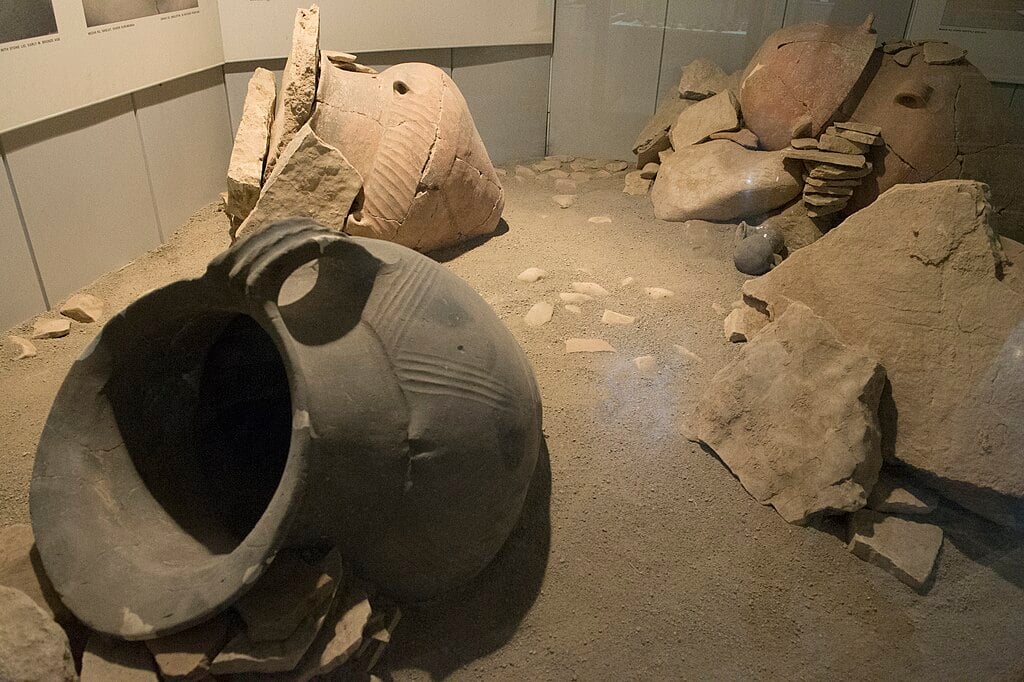
Rather than purely secret savings, the hoard’s intentional bundling and placement hint at ritual deposition. In Bronze Age practices, metal offerings were sometimes interred as part of ceremonies invoking fertility, protection, or ancestral memory. The care in packaging supports that interpretation.
It may not have been meant for recovery at all, but as an enduring gesture to the gods or the land. Such rituals leave few records, but finds like this let us glimpse their material legacy.
8. It amplifies our knowledge of Bronze Age Scotland.
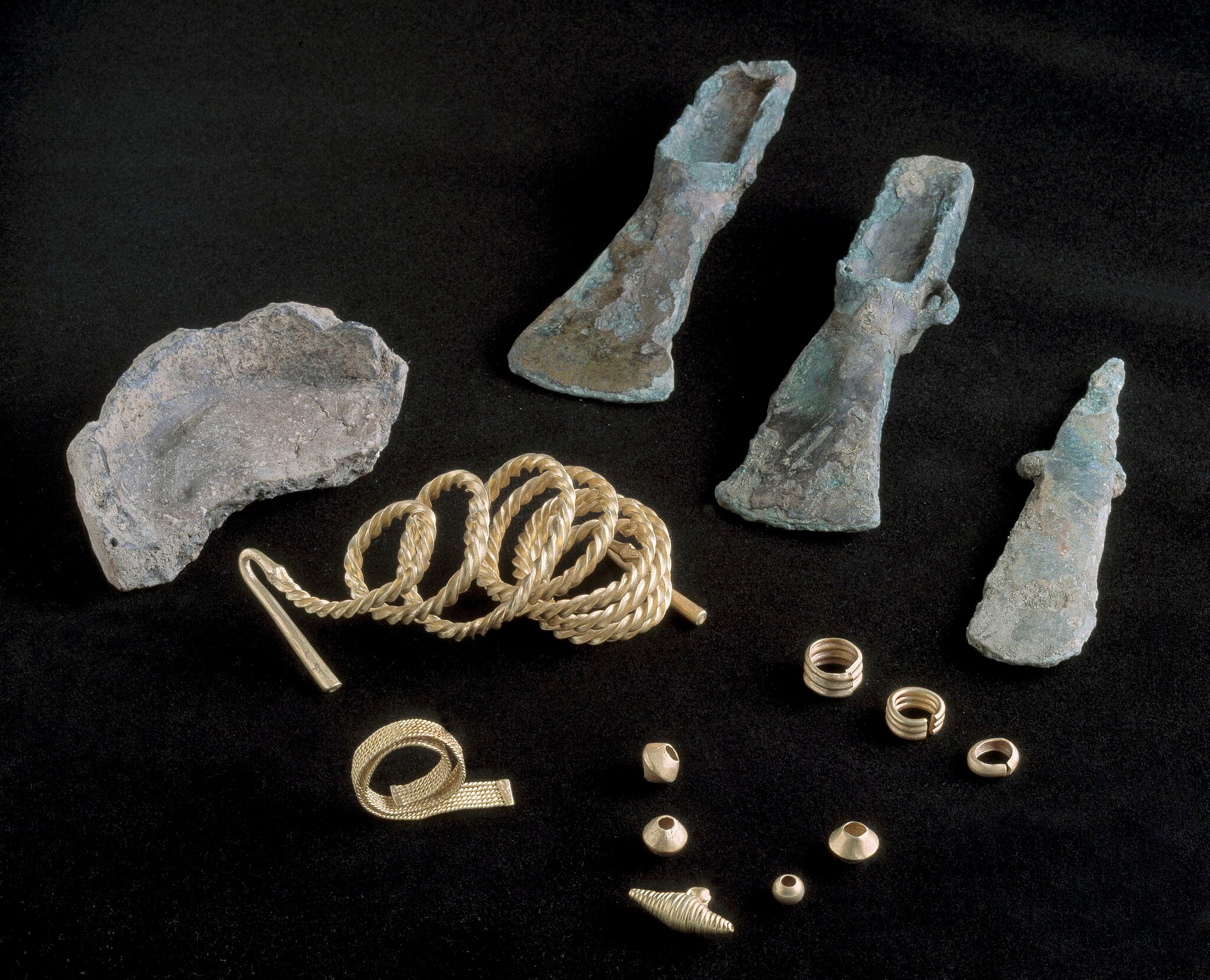
While much of Bronze Age Britain is understood through burial mounds and tools, high-status metalwork is rarer in the north. This hoard adds nuance to how power, wealth, and art manifested in Scotland three millennia ago. It challenges prior assumptions about regional variation.
The find gives tangible form to elite expressions in an area often considered peripheral. It also helps map where technological sophistication and social stratification coexisted farther north.
9. Preservation conditions here were unusually favorable.
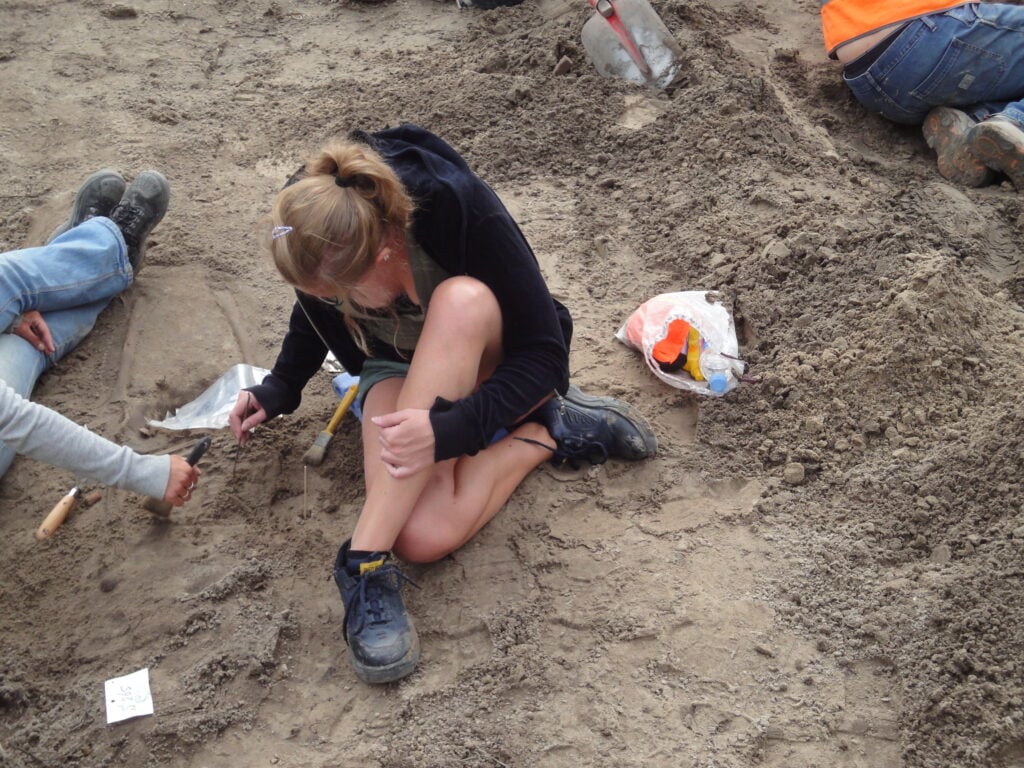
The organic wrappings, metal detail, and delicate assembly survived because soil conditions were oxidizing but not overly acidic. Peat and moisture in many Scottish soils destroy such materials, but this site presented a protective microclimate. That fortunate preservation means we see more than bare metal remains.
Had it lain elsewhere, only corroded metal might survive. Instead we get a rich snapshot of how the hoard looked, how it was bound, and perhaps even how it deteriorated over time.
10. The hoard’s future lies in study and public display.
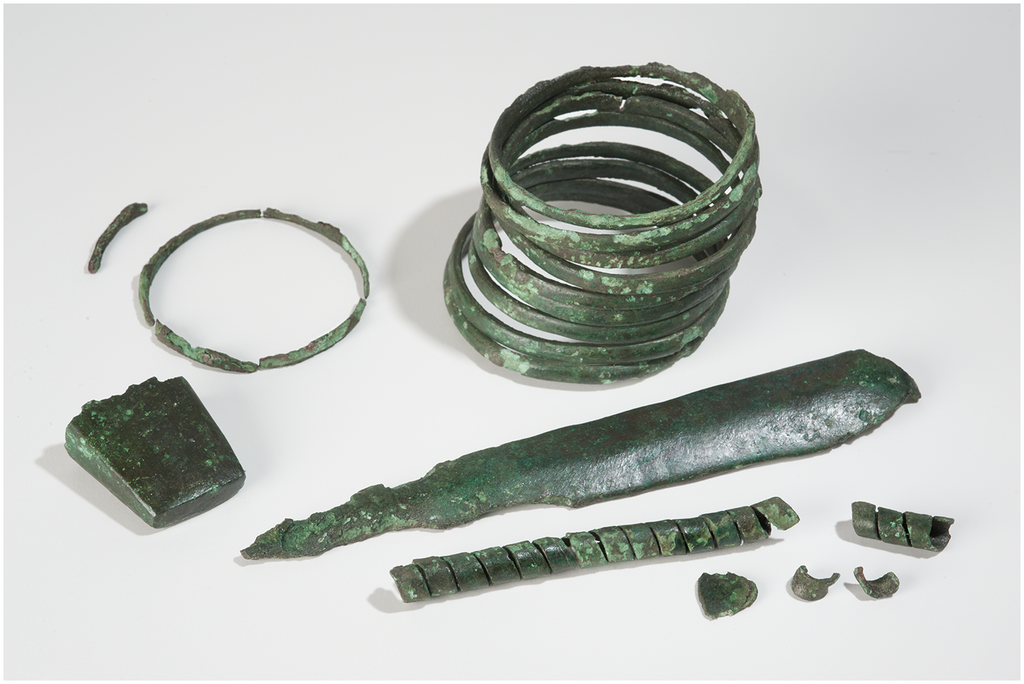
Now that the objects are documented, conserved, and stabilized, they will undergo detailed study—metallurgy, fiber analysis, use-wear traces. Those findings may reveal who owned them, why they were buried, and when precisely. Once completed, public exhibition offers connection between ancient hands and today’s visitors.
Museum presentation also ensures that this treasure becomes part of cultural memory. As analysis continues, scholars and the public alike may come to see this soil bundle not as relics but as voices from Bronze Age society speaking across centuries.
